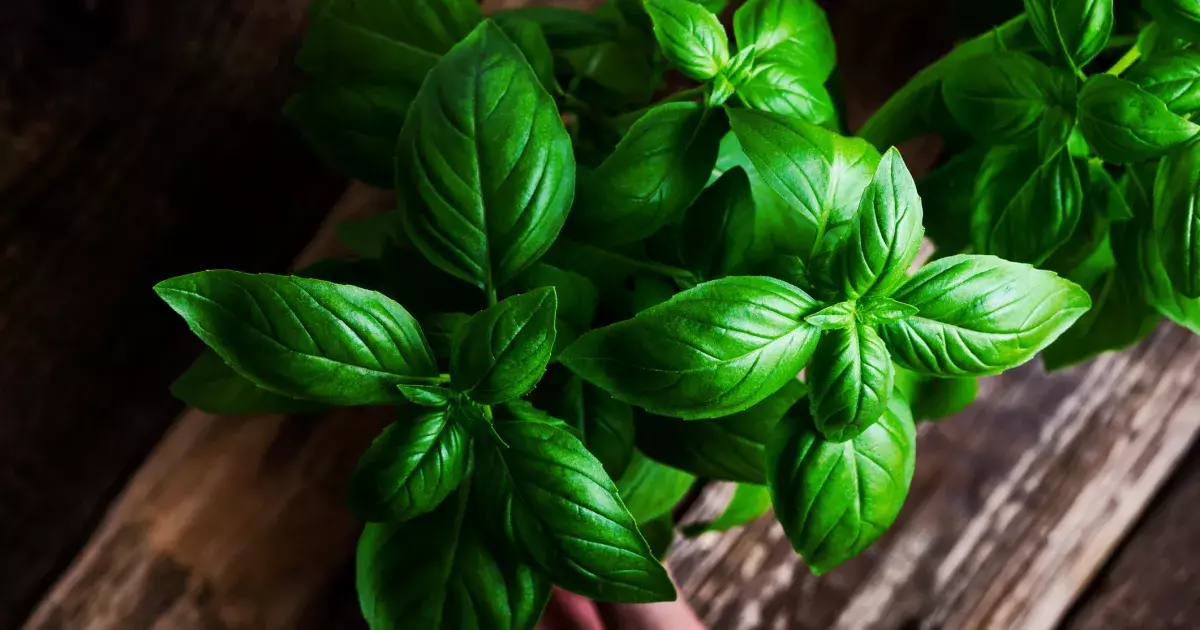As pet owners, we constantly seek the best nutrition for our furry friends. While most of us are aware that dogs thrive mainly on specific dog foods, we often wonder which human foods can contribute positively to their health. One underrated herb that deserves our attention is basil. This fragrant plant not only enhances our culinary endeavors but may also offer health benefits for our canine companions.
The Nutritional Powerhouse of Basil
Basil is rich in vitamins and minerals, including vitamins A and K, both of which play critical roles in maintaining optimal health. Vitamin A is essential for vision and immune function, while vitamin K supports blood clotting—a crucial aspect for any dog, especially those prone to injuries. The magnesium found in basil also aids in muscle function and energy production, making it a handy herb for active dogs. Given its nutrient profile, introducing basil to your dog’s diet can be beneficial when done in moderation.
Health Benefits Beyond Nutrition
Recent studies reveal that basil has properties that might be exceptionally advantageous to dogs with specific health issues. For instance, its potential anti-inflammatory effects could provide some relief for dogs suffering from arthritis, a common ailment in older canines. Furthermore, the herb shows promise in enhancing memory and reducing anxiety, which can significantly improve the quality of life for dogs facing behavioral issues.
Additionally, there’s intriguing evidence that basil might help with blood sugar regulation, making it a favorable supplement for diabetic dogs. This quality of basil could be a game-changer for managing their insulin sensitivity, ultimately providing them with a healthier lifestyle. With these benefits, it’s clear that basil can play a multi-faceted role in supporting canine health.
How to Safely Add Basil to Your Dog’s Diet
While the benefits of basil are compelling, it’s crucial to introduce it to your dog’s diet cautiously. Instead of making basil a primary food source, consider it an enriching supplement. Fresh or dried basil can be sprinkled over your dog’s regular meals as a tasty treat. If your pet shows interest, fresh basil can be offered directly—however, moderation is key. Always consult with your veterinarian about appropriate serving sizes tailored to your dog’s specific needs.
Moreover, it’s essential to differentiate between pure basil and basil-infused foods. Many popular culinary recipes, such as pesto, often include ingredients like garlic and onions—both of which are toxic to dogs. Thus, sticking to plain basil is critical to ensure your dog’s safety.
Basil: An Herbal Treasure Trove
While we often chase the next big thing in dog nutrition, the humble basil plant offers a treasure trove of potential benefits for our canine companions. Its wealth of vitamins, potential to alleviate certain health conditions, and versatility in feeding make it a worthy addition to your dog’s diet. By harnessing the power of basil appropriately and consulting your vet, you can contribute positively to your dog’s health and happiness. So next time you whip up a delicious meal, consider sharing a sprinkle of basil with your best friend—you might just enhance their life in unexpected ways!

